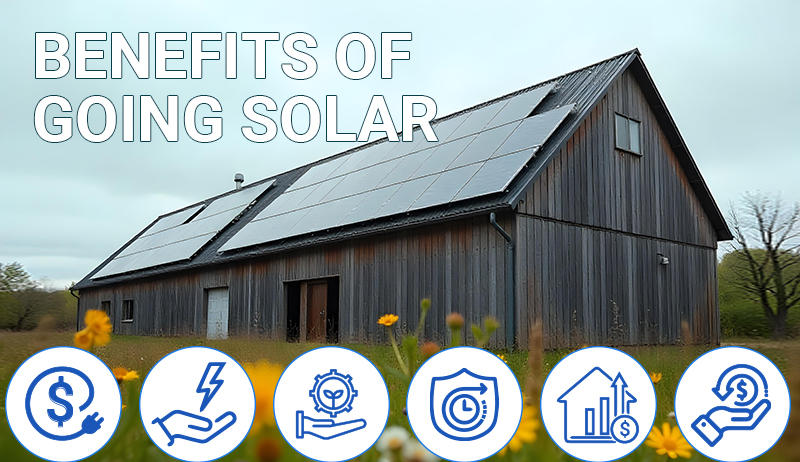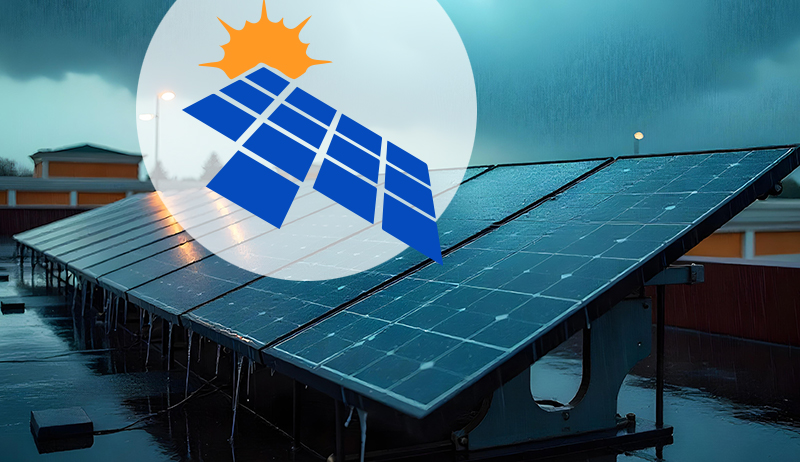
Implementation of sustainability in Europe
Europe has been a leader in implementing sustainability practices and policies, which have been driven by both governmental and non-governmental efforts. Some examples of how sustainability has been implemented in Europe include:
Renewable energy: Many countries in Europe have made significant progress in adopting renewable energy sources such as wind, solar, and hydropower. For example, countries like Germany, Denmark, and the Netherlands have invested heavily in wind power, while countries like Spain and Italy have focused on solar power.
Sustainable transportation: European countries have implemented a range of sustainable transportation options, including bike-sharing programs, electric vehicles, and public transportation systems. Cities like Copenhagen and Amsterdam have some of the most bike-friendly infrastructure in the world.
Sustainable agriculture: Europe has been at the forefront of sustainable agriculture practices, with many countries promoting organic farming and reducing the use of pesticides and synthetic fertilizers.
Circular economy: The concept of a circular economy, which aims to eliminate waste by reusing and recycling materials, has gained significant traction in Europe. The European Union has developed a Circular Economy Action Plan, which includes measures such as reducing waste and promoting the use of recyclable materials.
Sustainable building practices: European countries have implemented sustainable building practices that focus on reducing energy consumption and carbon emissions. For example, Germany has introduced passive house standards that require buildings to be highly insulated and airtight.
Sustainable tourism: Many European countries have developed sustainable tourism practices that aim to minimize the negative impact of tourism on the environment and local communities. This includes promoting eco-tourism, responsible tourism, and sustainable travel options.
Europe has made significant progress in implementing sustainability practices across various sectors. However, there is still much work to be done, and continued efforts are needed to ensure a sustainable future for the continent and the planet.
Countries in Europe that are leading the way in implementing sustainability
Here are 7 countries in Europe that are leading the way in implementing sustainability practices:
Sweden
Sweden is often cited as one of the most sustainable countries in the world. It has a goal to be fossil fuel-free by 2040 and has invested heavily in renewable energy sources such as wind and hydropower. Sweden also has a strong recycling culture, with over 99% of household waste being recycled or reused.
Denmark
Denmark is another leader in renewable energy, with wind power accounting for more than 40% of its total electricity generation. The country has also implemented sustainable transportation options, including a comprehensive bike-sharing program and electric buses.
Finland
Finland has set a goal to be carbon neutral by 2035, and it has made significant progress in reducing carbon emissions from transportation and industry. The country also has a thriving circular economy, with a focus on recycling and reducing waste.
Germany
Germany has been a leader in renewable energy for many years, with a significant portion of its energy coming from wind and solar power. The country also has strict building codes that promote energy efficiency and a thriving sustainable transportation network.
Switzerland
Switzerland has implemented a range of sustainable practices, including a strong recycling culture and investment in renewable energy. The country also has strict regulations on building standards and energy consumption.
Norway
Norway has made significant progress in reducing carbon emissions from transportation, with a focus on electric vehicles and public transportation. The country also has a goal to be carbon neutral by 2030.
Netherlands
The Netherlands has invested heavily in sustainable transportation, including a comprehensive network of bike lanes and electric trains. The country also has a strong commitment to renewable energy, with wind power accounting for a significant portion of its electricity generation.
These countries are leaders in implementing sustainability practices and policies, with a focus on renewable energy, sustainable transportation, and reducing carbon emissions. However, it’s important to note that sustainability is an ongoing process, and these countries, like all others, still have work to do to ensure a sustainable future for their citizens and the planet.
Parameter
Parameter to choose seven countries in Europe with the best implementation of sustainability
Choosing the top 7 countries in Europe with the best implementation of sustainability can depend on various parameters.
Some of the parameters that can be considered are:
Renewable energy usage: Countries that have a high percentage of renewable energy usage such as wind, solar, and hydropower can be considered as sustainable.
Carbon emissions reduction: Countries that have made significant efforts in reducing their carbon emissions through policies, programs, and initiatives can be considered as sustainable.
Sustainable transportation: Countries that have a well-developed sustainable transportation system, including public transportation and cycling infrastructure, can be considered as sustainable.
Waste management: Countries that have implemented sustainable waste management practices such as recycling and waste reduction can be considered as sustainable.
Environmental protection: Countries that have implemented policies and initiatives to protect the environment, including preserving biodiversity and reducing pollution, can be considered as sustainable.
Sustainable tourism: Countries that have implemented sustainable tourism practices that minimize the negative impact on the environment can be considered as sustainable.
Green building: Countries that have implemented policies and initiatives to promote green buildings and energy-efficient construction can be considered as sustainable.
Conclusion
Conclusion of 7 countries in Europe with the best implementation of sustainability
There are many countries in Europe that are making significant progress in implementing sustainable practices and policies. Based on various parameters, the top 7 countries in Europe with the best implementation of sustainability are Sweden, Denmark, Finland, Germany, Switzerland, Norway, and Netherlands.
These countries have made significant investments in renewable energy, sustainable transportation, waste management, environmental protection, sustainable tourism, and green building. Their efforts have resulted in reduced carbon emissions, improved air and water quality, and a better quality of life for their citizens.
However, it’s important to note that sustainability is an ongoing process, and these countries, like all others, still have work to do to ensure a sustainable future for their citizens and the planet. It’s important for all countries to prioritize sustainability and work together towards a more sustainable future.
https://www.exaputra.com/2023/03/7-countries-in-europe-with-best.html
Renewable Energy
Doing What’s “Right” Is More Controversial than it Seems
 Some of us are looking for a single, simple statement to encapsulate what is going so wrong in America today, and perhaps it relates to what Aristotle says at left here.
Some of us are looking for a single, simple statement to encapsulate what is going so wrong in America today, and perhaps it relates to what Aristotle says at left here.
Even the MAGA folks think that what they’re doing is “right.” By this I mean white supremacy, mass deportation of immigrants (with or without due process), the rejection of science, and so forth.
Renewable Energy
Trump’s Agenda Is Even Far-Reaching Than People May Think
 As Trump’s former lawyer Ty Cobb says at left, in addition to turning the United Stated into an autocratic regime, at the same time, Trump needs to alter history such that future generations don’t think he did anything wrong.
As Trump’s former lawyer Ty Cobb says at left, in addition to turning the United Stated into an autocratic regime, at the same time, Trump needs to alter history such that future generations don’t think he did anything wrong.
Yes, he has his hands full, but he’s assisted by hundreds of traitors in congress, and hundreds of millions of hateful morons in the U.S. electorate.
Renewable Energy
Victoria’s VEU Scheme Introduces New Solar Incentives for C&I Properties
-
Climate Change2 years ago
Spanish-language misinformation on renewable energy spreads online, report shows
-
Climate Change Videos2 years ago
The toxic gas flares fuelling Nigeria’s climate change – BBC News
-
Climate Change2 months ago
Guest post: Why China is still building new coal – and when it might stop
-

 Greenhouse Gases1 year ago
Greenhouse Gases1 year ago嘉宾来稿:满足中国增长的用电需求 光伏加储能“比新建煤电更实惠”
-

 Climate Change1 year ago
Climate Change1 year ago嘉宾来稿:满足中国增长的用电需求 光伏加储能“比新建煤电更实惠”
-
Greenhouse Gases2 months ago
Guest post: Why China is still building new coal – and when it might stop
-

 Carbon Footprint1 year ago
Carbon Footprint1 year agoUS SEC’s Climate Disclosure Rules Spur Renewed Interest in Carbon Credits
-
Renewable Energy3 months ago
US Grid Strain, Possible Allete Sale















